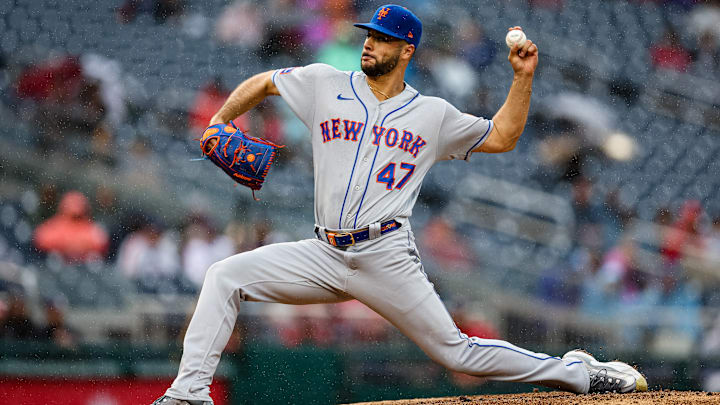One Mets pitcher to the bullpen: David Peterson
David Peterson was an expected pitching prospect in the Mets' system. Since he arrived at MLB his performance has been inconsistent, and he has not been able to establish himself in MLB as a starter.
This 2023 has been a season comparable to his performance in 2021 when he posted his worst season with an ERA+ of just 73. This season Peterson has allowed the most hits and walked the most per nine innings of his career.
One of the main causes of Peterson's loss is because the opponents are connecting with him with greater strength, putting the highest hardhit% of his career. Additionally, the GB/FB ratio has deteriorated which, combined with the increase in his allowed hard-hit contact, has hurt him enormously.
However, Peterson's split stats show, albeit in a small sample, that he has become more effective as a reliever. In this role, Peterson could bring more to the Mets in MLB due to his ability to face lefties, pitch multiple innings, and become a long reliever as well.
The Mets could use Peterson as an experiment in this role, getting a pitcher who works as a bridge between the top starters and relievers. Peterson could find better stuff in fewer innings or pitches per game.
